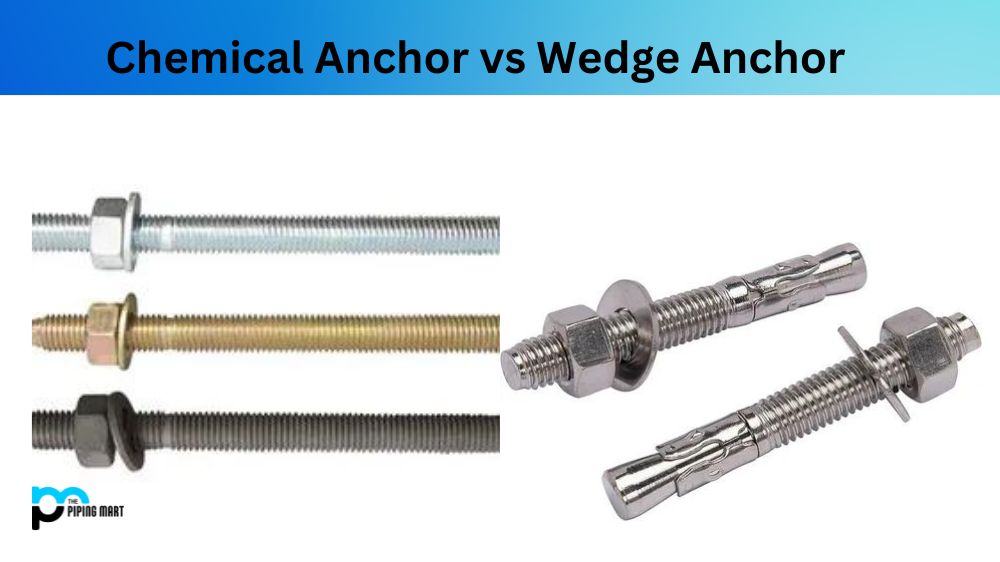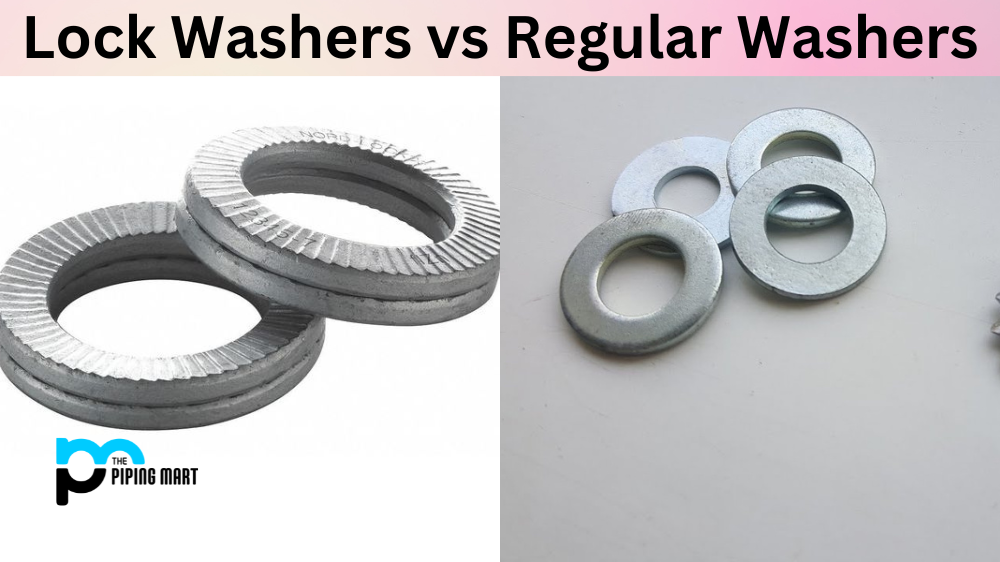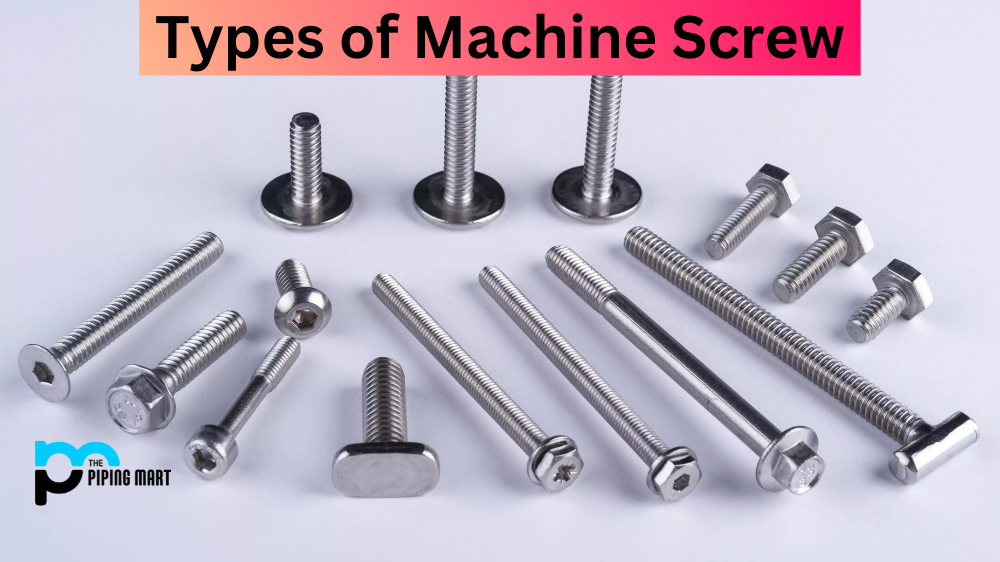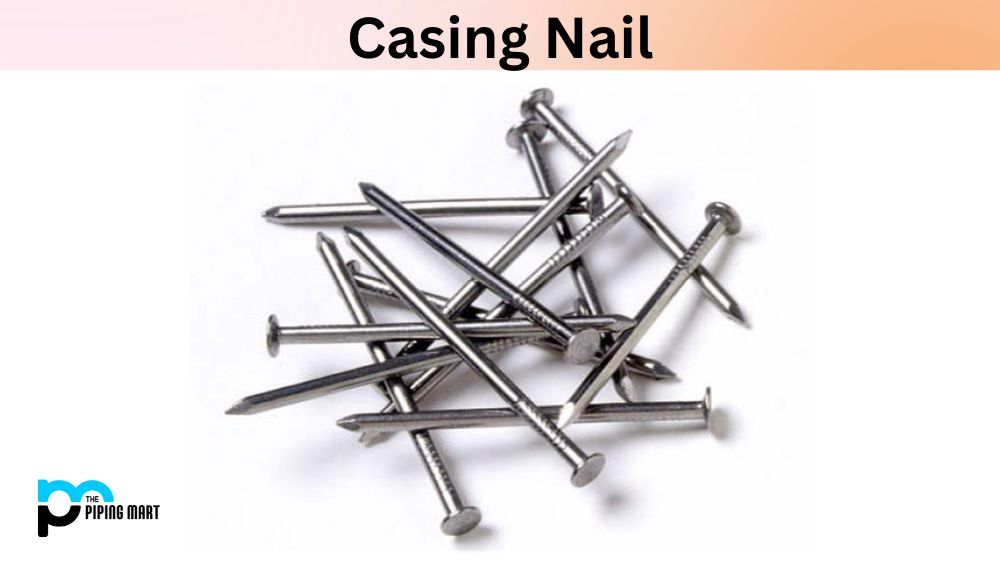When choosing an anchor to support heavy materials, many factors must be considered. Among these are the strength of the material to be anchored, its weight, and its location. Two common types of anchors that are widely used today are the chemical anchor and wedge anchor. While they share the same objective – to provide strong support for heavy materials – they differ in several ways. In this blog post, we will share with you some of the key differences between chemical anchors and wedge anchors so that you can make the best choice for your construction or engineering project.
What is Chemical Anchor?
A chemical anchor is a device that provides secure anchoring of bolts and reinforcing bars in concrete and other masonry substrates. It consists of an expansion element, such as a stud or bolt, set into the substrate material with specialist resin/chemical grout. Once cured, the chemical anchor provides superior holding power to conventional anchors like plugs and shields.
What is Wedge Anchor?
A Wedge Anchor is a fastener used to securely attach objects to concrete. It works by inserting the anchor into a pre-drilled hole and then tightening it with an expanding wedge mechanism, creating a tight hold between the base material and the fixture. Wedge anchors are commonly used in construction for attaching items such as handrails, retaining walls, or standing seam roofing systems. They are also used in masonry projects such as brick patios or tiling.
Difference Between Chemical Anchor and Wedge Anchor
Mechanism
Chemical anchors are designed to create a strong bond between the anchor and the surface where it’s installed by using a chemical reaction. Mixing a resin with a hardener creates a strong adhesive that binds to the surface. Once the resin fills the cavities and holes of the surface, it solidifies and locks the anchor in place. In contrast, wedge anchors use a mechanical process. When a wedge anchor is inserted into a pre-drilled hole, it is expanded by tightening its bolt, which causes the expansion of its wedges that grip the walls of the hole.
Application
Regarding application areas, chemical anchors can be used in various materials, such as concrete, brick, and stone. This type of anchor is ideal for heavy loads and temperatures that may cause the material to expand or contract, as it can absorb the stresses of the material’s movements. They are perfect for supporting seismic loads and vibration-sensitive equipment, creating a strong bond with the surface. On the other hand, wedge anchors are primarily used with concrete, but they can also be used with brick and stone. Since they do not rely on a chemical process to create a hold, they are not recommended for use when there’s an expansion or contraction of the material.
Installation
Chemical anchors need to be mixed by the operator according to the manufacturer’s instructions and then poured into the drilled hole. It is then inserted into the hole and left to cure. Chemical anchors generally take more time to install as they must be left to cure before a load can be added. Wedge anchors are easier to install since they require only a pre-drilled hole, which must be the same size as the anchor’s diameter. Once the anchor is in the hole, it is tightened. Wedge anchors take less time to install than chemical anchors.
Strength
The strength of an anchor is measured by its holding power, which means how much weight it can support. In terms of holding power, chemical anchors provide stronger support compared to wedge anchors. Chemical anchors can bond with the material’s surface, becoming part of it. In contrast, wedge anchors have a limited holding capacity as they rely on the material’s compressive strength to hold the anchor in place. As a result, using a wedge anchor can cause the material to crack, leading to the failure of the anchor itself.
Cost
In terms of cost, chemical anchors are generally more expensive than wedge anchors. While wedge anchors can be installed using a simple hand-held tool, the tools needed for installing chemical anchors are more sophisticated and can be costlier. However, when considering the durability and strength of the two types of anchors, it makes sense to invest more in high-quality chemical anchors.
Conclusion:
In conclusion, chemical anchors and wedge anchors are strong and reliable fasteners, but they differ in mechanism, application, installation, strength, and cost. Choosing the right anchor depends on the nature of your construction or engineering project. Regardless of the anchor you choose, it is important to ensure that it is installed properly to maximize its strength and durability. A qualified professional should install a chemical anchor or wedge anchor to ensure it is strong, efficient, and can provide your needed support.

Pipingmart is a B2B portal that specializes in metal, industrial and piping items. Additionally, we share the latest information and information about materials, products and various types of grades to assist businesses that are involved in this business.




